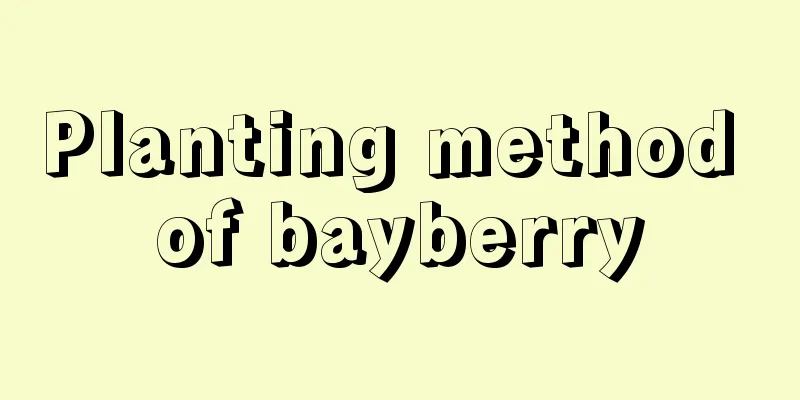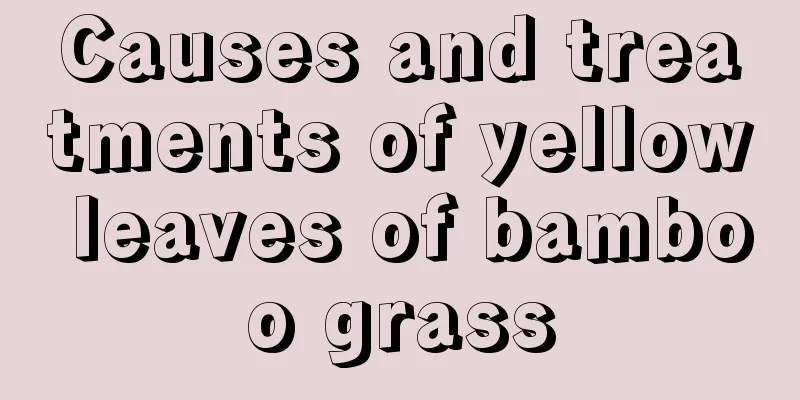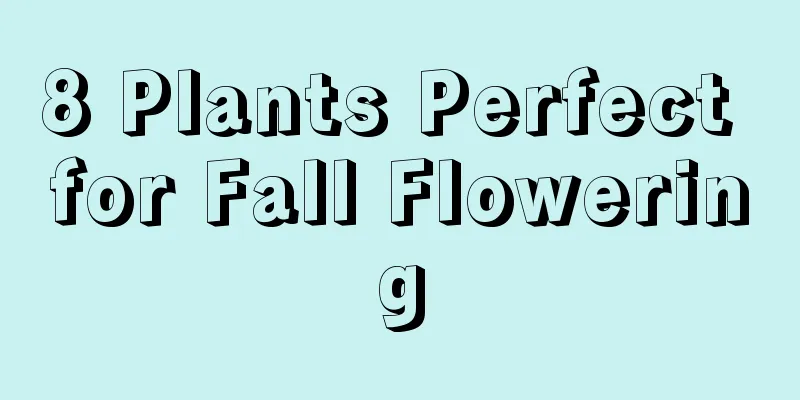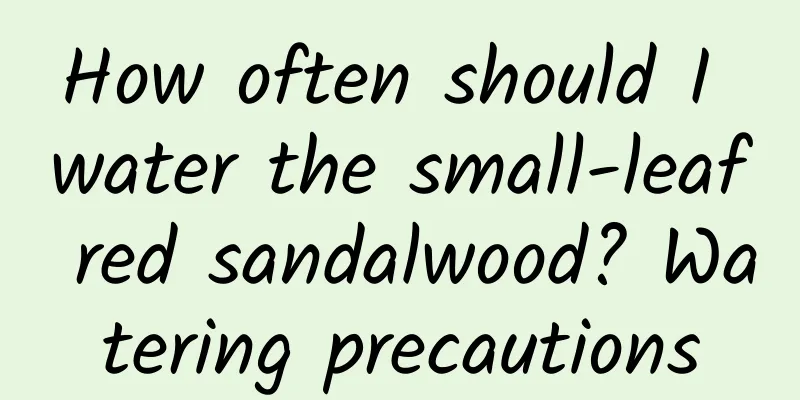What herbicide can be used to eradicate the roots of the cupflower?

|
Convolvulus, also known as field bindweed, small bindweed, and rabbit ear grass, belongs to the genus Convolvulus, a dicotyledonous plant. It is harmful to corn, cotton, soybeans, fruit trees, wheat, etc. When it occurs in large numbers, it often grows in patches, densely covering the ground, winding upward, strongly inhibiting crop growth and causing crops to lodging. So what herbicide can be used to eradicate the herbicide? Let’s take a look below. 1. The harm of the flower of the bowl The vitality of the cup-shaped flower is very tenacious. It likes to grow in a moist and fertile environment, but it is not very demanding on the soil. It has strong adaptability and is both heat-resistant and drought-resistant. It often grows on roadsides, wastelands , and farmlands. The cup-shaped flower also has the characteristics of strong reproductive ability and fast growth rate, which can cause great harm to farmland crops, especially causing great yield reductions on corn and sorghum. This is because the cup-shaped flower can be spread through seeds, root buds, and stem buds. In farmland, it mainly relies on asexual reproduction to thrive, and birds and other mammals can spread it after eating it. Although the plant of the cupflower is short and its stem is very thin, it grows very fast. It is like a slender snake that can constantly entwine around the leaves of crops such as corn and then continue to grow, causing the corn leaves to be unable to stretch, which can easily lead to a reduction in corn production. 2. What herbicide can be used to eradicate the roots of the cupflower? 1. 10% sulfamethoxam aqueous solution (1) When the dosage is 1800g/hectare, the plant protection effect is about 93.3% and the fresh weight protection effect is about 97.7%. (2) When the dosage is 1200g/hectare, the plant protection effect is about 88.5% and the fresh weight protection effect is about 93.7%. 2. 20% clofopyralid emulsifiable concentrate (1) When the dosage is 900g/hectare, the plant protection efficiency is about 97.2% and the fresh weight protection efficiency is about 98.2%. (2) When the dosage is 750g/hectare, the plant protection effect is about 92.9% and the fresh weight protection effect is about 92.2%. 3. 56% dimethyl tetrachloride soluble powder (1) When the dosage is 1500g/hectare, the plant protection effect is about 93.7% and the fresh weight protection effect is about 93.4%. (2) When the dosage is 1200g/hectare, the plant protection effect is about 94.4% and the fresh weight protection effect is about 91.9%. 4. 72% 2,4-D butyl ester emulsifiable concentrate (1) When the dosage is 900g/hectare, the plant protection effect is about 85.7% and the fresh weight protection effect is about 95.2%. (2) When the dosage is 600g/hectare, the plant protection effect is about 69% and the fresh weight protection effect is about 89.4%. 5. 88% 2,4-D 2-ethylhexyl ester emulsifiable concentrate (1) When the dosage is 750g/hectare, the plant protection effect is about 86.9% and the fresh weight protection effect is about 92.4%. (2) When the dosage is 500g/hectare, the plant protection effect is about 79% and the fresh weight protection effect is about 87.8%. 6. 35% dimethyl glyphosate aqueous solution For malignant weeds such as prickly ash, cupflower, and cyperus rotundus in non- arable fields, during the peak period of weed occurrence, on a sunny morning with no wind, use 200-350ml of 35% dimethyl glyphosate aqueous solution diluted with 30-50kg (2 buckets of water) per acre for spraying. That’s it |
<<: Can I sprinkle water on the leaves of roses? What should I do if I water too much?
>>: The correct way to water roses, can you water the leaves?
Recommend
How many hours is best to soak bean seeds in water before planting?
When planting beans, many farmers choose to plant...
How to repot azalea
1. Remove from the basin Place the azalea that ne...
The benefits of pouring beer on Clivia
1. Provide carbon dioxide It contains a lot of ca...
What is the matter with the dried leaves of camellia
1. Too little watering 1. Reason: Camellia itself...
Is the peacock plant poisonous?
1. No toxicity Friends who want to raise it must ...
Precautions for watering azaleas, how often should you water azaleas?
1. Watering time The watering time is not fixed, ...
What's up with the dried leaves of hyacinth?
1. Unsuitable temperature 1. Reason: Hyacinth lik...
The functions and placement of six common Feng Shui plants
1. Chrysanthemum. Chrysanthemum has the function ...
Is it easy to grow the Weeping Guanyin? How to care for it?
1. Is it easy to raise? The weeping angel is a co...
Taboos on placing a lucky tree, what kind of lucky tree is it
1. Taboos on placing the lucky tree 1. Avoid the ...
What season is suitable for planting lilies (planting methods and time)
Lilies are usually planted in spring and autumn, ...
What is the best fertilizer for cabbage?
Cabbage fertilization time Cabbage needs to be fe...
Cherry growth conditions and characteristics
Cherry growing conditions Cherries are suitable f...
What are the methods for rose cuttings
1. Water insertion method for roses 1. Cuttings: ...
Cultivation methods and precautions of Tiger Pilan
1. Soil The roots of Sansevieria are fleshy roots...









